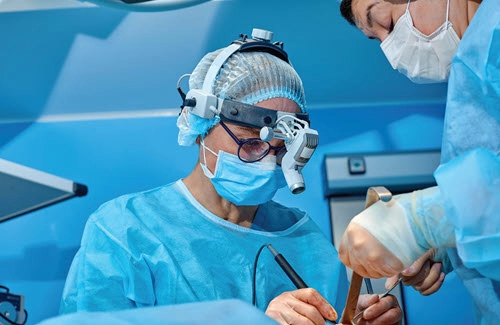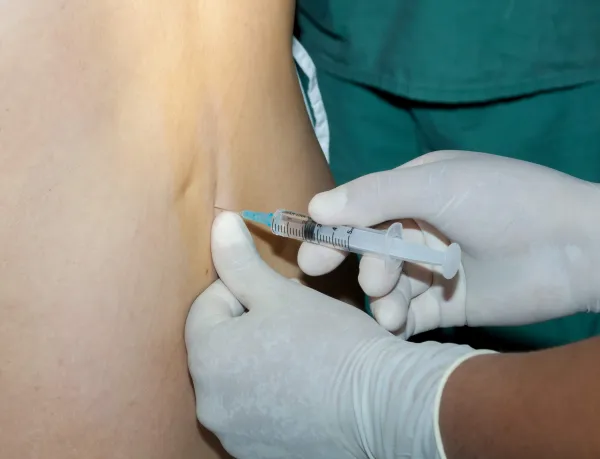Prove Separate and Distinct Before Opting for Modifier 59
… and some payers might prefer the X{EPSU} modifier options. Payers never stop scrutinizing claims that list “separate and distinct” services, thanks to perpetually high Office of Inspector General (OIG) error rates for such billing. When you have a lab claim that includes procedures that the National Correct Coding Initiative (NCCI) bundles as procedure-to-procedure (PTP) code edits, you’ll need a modifier to override the edit pair, when appropriate. Prevent paybacks for your lab claims that document separate and distinct procedures by heeding the following expert advice for potential modifier 59 (Distinct procedural service) claims. Strive to Use Most Specific Modifier Modifier 59 isn’t the only game in town. In fact, you should use 59 “only if no more descriptive modifier is available,” according to revised MLN Matters SE1418. “Before immediately appending modifier 59, always review the modifier lists for a more appropriate/specific modifier,” says Christina Neighbors, MA, CPC, CCC, coding quality auditor for Conifer Health Solutions, Coding Quality & Education Department. Other options: The following X{EPSU} modifiers might be more specific and appropriate than modifier 59 for a claim that includes bundled services: Remember to Modify Proper Code If you report the two codes of a PTP edit pair for the same beneficiary on the same date of service without an appropriate modifier, your Medicare Administrative Contractor (MAC) will pay only the column 1 code. Old way: In the past, MACs would allow payment for both codes if documentation of clinical circumstances justified unbundling, but only if you appended the appropriate modifier to the column 2 code of a code pair edit. Problem: The OIG reported that 11 percent of claims incorrectly attached modifier 59 to the primary code, and 13 percent of claims attached modifier 59 to both codes of the edit pair. As a result, the OIG encouraged MACs to institute a claims edit to allow modifier 59 only on the secondary code. But the Centers for Medicare & Medicaid Services (CMS) responded that they lacked the technical ability to implement such an edit. New way: The result is that CMS implemented a change to the claims processing system logic for modifiers 59, XE, XS, XP, and XU to allow the modifiers on column one and column two codes, effective July 1, 2019. You can read the guidance at www.cms.gov/Regulations-and-Guidance/Guidance/Transmittals/2019Downloads/R2259OTN.pdf. Focus on Separate Anatomic Site, Encounter Before you resort to modifier 59 or any related modifier, you must ensure that you have a documented clinical situation that justifies overriding an NCCI edit pair. That’s when you have documentation to “support a different session, different procedure or surgery, different site or organ system, separate incision/excision, separate lesion … not ordinarily encountered or performed on the same day by the same individual,” according to CMS at www.cms.gov/Outreach-and-Education/Medicare-Learning-Network-MLN/MLNMattersArticles/Downloads/SE1418.pdf. Check Out These Examples Here are two examples of the proper use of modifier 59: Example 1: The surgeon meets a patient at the hospital for a presurgical meeting, which reveals a tumor on the left side of the brain. There is also a subdural hematoma, but it is in a different location on the right side of the brain. The surgeon removes the brain tumor and, through a separate approach, evacuates the hematoma. Answer 1: When a surgeon has to use a different surgical approach for both of the procedures, the extra work and difficulty mean that you can report the hematoma evacuation separately. For this claim, you would report 61510 (Craniectomy, trephination, bone flap craniotomy; for excision of brain tumor, supratentorial, except meningioma) for the tumor excision. Then, report 61312 (Craniectomy or craniotomy for evacuation of hematoma, supratentorial; extradural or subdural) with modifier 59 appended for the hematoma evacuation. Modifier 59 shows the payer that you are overriding the NCCI edit bundling these procedures because the tumor and hematoma occur at distinct, separate locations. Example 2: The surgeon performs posterior interbody arthrodesis for a patient at L1-L2 and L2-L3. During the same session, they also perform a laminectomy at L4. Answer 2: You should report the following for this surgical encounter:





